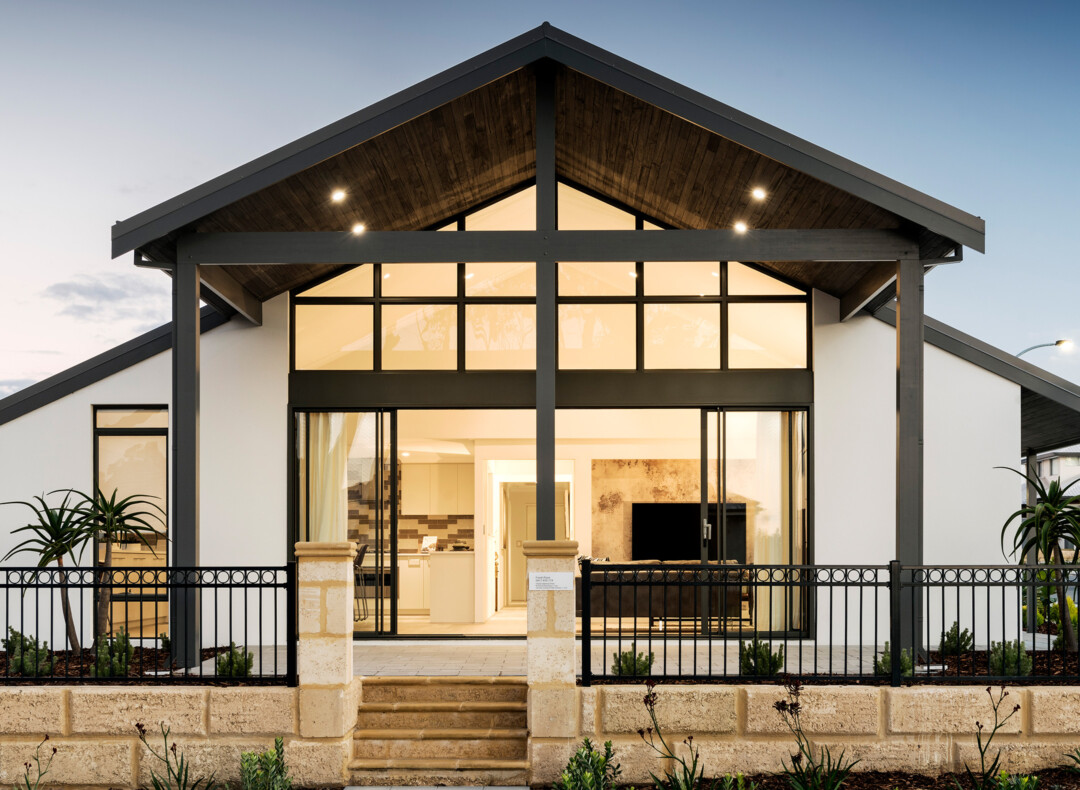All Categories
Featured
Table of Contents
Climateframe Double Glazing: Perth's Double Glazed ... in Mount Claremont Perth
Glazing just means the windows in your house, consisting of both openable and set windows, in addition to doors with glass and skylights. Glazing really just implies the glass part, but it is normally utilized to refer to all aspects of an assembly consisting of glass, movies, frames and furnishings. Focusing on all of these elements will help you to attain efficient passive design.

Energy-efficient glazing makes your home more comfortable and considerably minimizes your energy expenses. Improper or inadequately designed glazing can be a significant source of undesirable heat gain in summer and considerable heat loss and condensation in winter. As much as 87% of a home's heating energy can be acquired and approximately 40% lost through windows.
What Are The Best Double Glazed Windows In Australia? in Coogee Western Australia
Glazing is a considerable financial investment in the quality of your home. The expense of glazing and the cost of heating and cooling your house are closely associated. A preliminary financial investment in energy-efficient windows, skylights and doors can significantly decrease your annual heating and cooling expense. Energy-efficient glazing also minimizes the peak heating and cooling load, which can reduce the needed size of an air-conditioning system by 30%, leading to additional expense savings.

This tool compares window selections to a base level aluminium window with 3mm clear glass. Understanding a few of the essential homes of glass will assist you to pick the best glazing for your home. Secret residential or commercial properties of glass Source: Adapted from the Australian Window Association The quantity of light that passes through the glazing is known as noticeable light transmittance (VLT) or visible transmittance (VT).
Single, Double Or Secondary Glazing, Which Is The Best ... in Hillarys WA
The U worth for windows (expressed as Uw), describes the conduction of the whole window (glass and frame together). The lower the U value, the higher a window's resistance to heat circulation and the better its insulating worth.
For example, if your home has 70m2 of glazing with aluminium frames and clear glass with a U value of 6. 2W/m2 C, on a winter season's night when it is 15C colder outside compared to inside your home, the heat loss through the windows would be: 6. 2 15 70 = 6510W That is comparable to the overall heat output of a big space gas heating system or a 6.
What Is Double Glazing Windows And Doors? in Padbury Perth

If you choose a window with half the U worth (3. 1W/m2 C) (for instance, double glazing with an argon-filled space and less-conductive frames), you can halve the heat loss: 3. 1 15 70 = 3255W The solar heat gain coefficient (SHGC) for windows (expressed as SHGCw) measures how readily heat from direct sunlight streams through a whole window (glass and frame together).
The lower a window's SHGC, the less solar heat it sends to the home interior. The actual SHGC for windows is affected by the angle that solar radiation strikes the glass.
Why Should You Have Double-glazed Windows This Summer? in Embleton Western Australia
When the sun is perpendicular (at 90) to the glass, it has an angle of incidence of 0 and the window will experience the maximum possible solar heat gain. The SHGC declared by glazing manufacturers is constantly calculated as having a 0 angle of incidence. As the angle increases, more solar radiation is shown, and less is transmitted.
Table of Contents
Latest Posts
A Complete Guide To Double Glazed Windows in Padbury WA
Low Emission Glass - Glass Systems: Glass Manufacturer in Greenwood WA
Double Glazing Versus Secondary Glazing in Floreat Western Australia
More
Latest Posts
A Complete Guide To Double Glazed Windows in Padbury WA
Low Emission Glass - Glass Systems: Glass Manufacturer in Greenwood WA
Double Glazing Versus Secondary Glazing in Floreat Western Australia